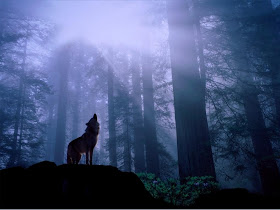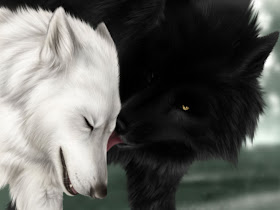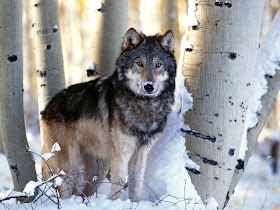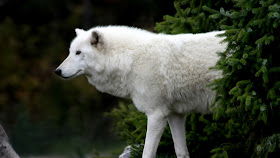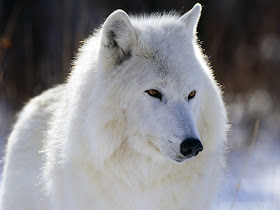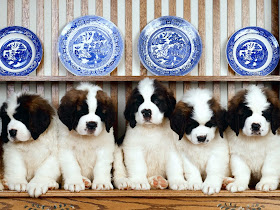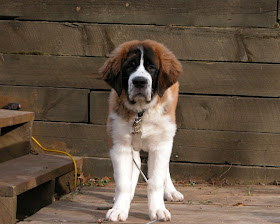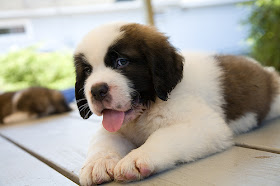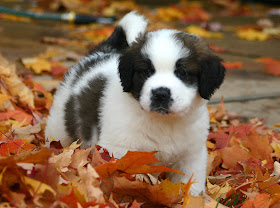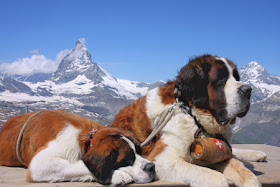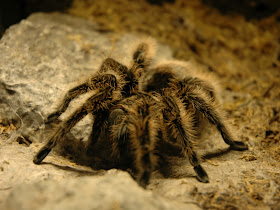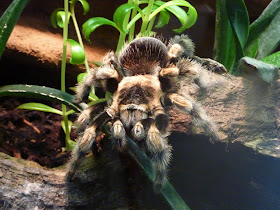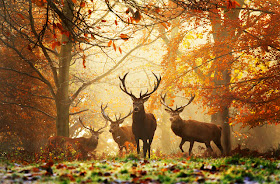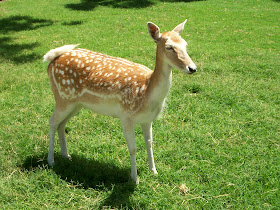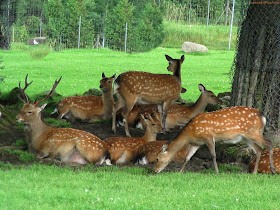Wolves, distant cousins of dogs, played a pivotal role in the 1990 film Dances With Wolves.
Delving into the story of a lieutenant who was posted in a remote Civil War outpost, the movie starring and directed by Kevin Costner told the tale of how a lone soldier made friends with the local Native Americans settling within the area, along with how he managed to befriend another group of locals – the wolves.
The movie stands to be one of Costner’s more praised titles, and it generally garnered the appreciation and acceptance of audiences, which is generally opposite to how audiences accepted Costner’s later movies and features.
But Dances With Wolves was popular. In fact, its popularity led many to ask: Is it possible to keep wolves as pets?
Short answer - yes, but not really like how dogs are kept as pets.
Wolves may be related to dogs, but they do not bear the same tractability as dogs. They may look like dogs, but their natural temperament and disposition calls for differences in how they can be ideally kept as pets.
For one, they require a lot of space. By a lot, an area that’s around 10 to 15 square miles would be good for wolves.
Also, as pups or cubs, wolves require more social interaction compared to dog pups. This is because after a certain time, wolf pups are liable not to interact or socialize with human beings well, which could cause problems for wolf pet owners. Care in terms of their interaction with adult wolves will require some monitoring, maximizing human interaction with wolf cubs within the first four months of its life.
Doing away with adult wolf interaction would be difficult, since wolf pups require milk coming from a mother wolf. With wolf milk rich in arginine, milk substitutes won’t suffice for wolf cubs, and the lack of wolf milk is known to lead to the progress of problems such as cataracts.
In terms of their temperament and trainability, both wolf traits are not on equal grounds with domestic dogs, with wolves being more hot headed and more fickle to train. As pack animals, wolf instincts are bound by a feudalistic-like structure of alphas and betas too, and pet owners need to stay on top, or at least on equal grounds with a pack’s alpha.
Given all that, Dances With Wolves may have been popular, but is the movie’s popularity motivation enough to drive you to go out and get your own pet wolf?
Wolves Pictures
Wolves images
Wolves image
Wolves picture
Wolves Wallpapers
Wolves Wallpaper
Wolves Wallpaper
Wolves Wallpaper
Wolves Wallpaper
Wolves Wallpaper
Wolves Wallpaper
Wolves as Pets Video






